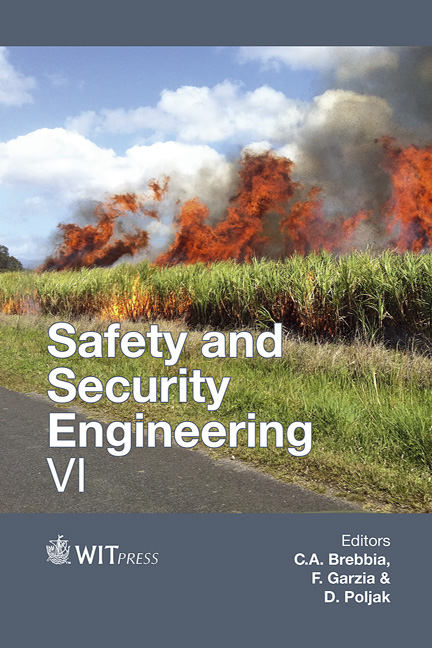FDS+Evac Models And Cryogenic And Oxygen Deficiency Emergency Management For Underground Facilities In Gran Sasso National Laboratories
Price
Free (open access)
Transaction
Volume
151
Pages
12
Page Range
311 - 322
Published
2015
Size
1,303 kb
Paper DOI
10.2495/SAFE150271
Copyright
WIT Press
Author(s)
M. Tobia, R. Tartaglia, R. Perruzza, F. Nusca
Abstract
The aim of this work is to refine the emergency and evacuation management by the application of FDS+Evac (by NIST and VTT) models within the Gran Sasso National Laboratories (LNGS); one of the structures owned and managed by the Italian National Institute for Nuclear Physics (INFN). The application of these models to a peculiar site, such as the LNGS one, has the fundamental role to evaluate the correct definition of the emergency procedures proposed and adopted inside the plant. Thus ensuring, by an agent-based dynamic simulation, a preliminary evaluation of the behaviour of users and emergency teams in case of emergency and, specifically, an assessment of the time of intervention and full evacuation from the site. The analysis has been applied to a new experimental installation in one of the main experimental halls of the LNGS. The object of the study has been the simulation of evacuation after a direct nitrogen release in the service building of the Xenon1T experiment, located in Hall B of the underground laboratories. The implemented models have the great potential to take into account not only the characteristics of the surrounding environment, but also the psychological and human aspects induced in people involved in an emergency. The study aims to provide a first step evaluation of the accuracy of the Internal Emergency Plan (PEI) procedures adopted in the LNGS, highlighting the pros, cons, critical aspects, future progresses and the possibility of widening the analysis to the entire site in view of continuous improvement in the matter of safety and emergency management.
Keywords
safety, emergency management, FDS+Evac, confined space, ODH, asphyxia, underground laboratory





